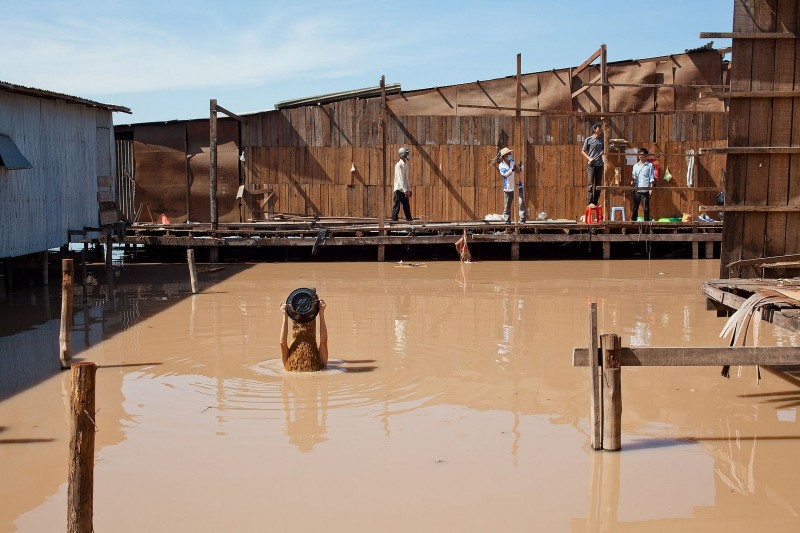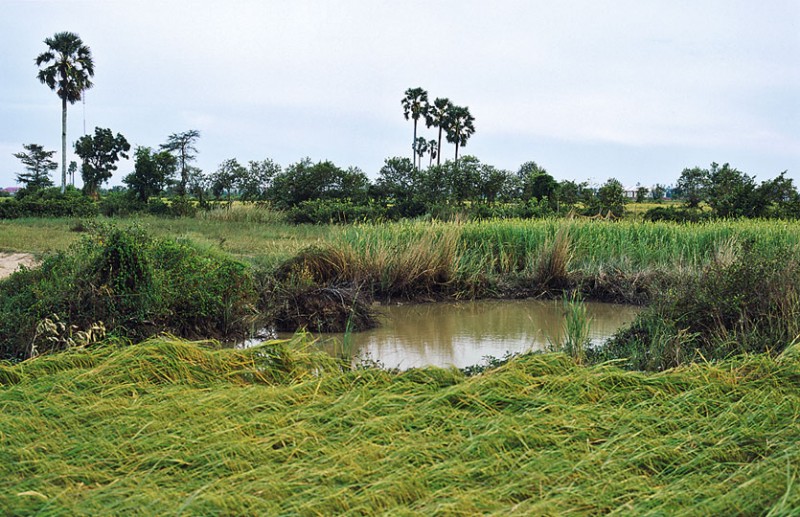The Khmer Rouge – and the Aftermath
The Khmer Rouge – and the Aftermath
January 21, 2015

Khvay Samnang, Untitled, 2011
The image courtesy the artist & SA SA BASSAC
The civil war that followed continued almost until the end of the 1990s, turning the South-East Asian kingdom on the Mekong River into one of the most poverty-stricken countries in the world. It was not until 2007 that the war crimes of the Khmer Rouge began to be addressed in a UN-backed tribunal.
In the context of the exhibition, six artists address the country's recent history with works that are rooted in a documentary approach. The presentation is particularly defined by the projects of Cambodian artists Rithy Panh, Khvay Samnang and Vandy Rattana. With their films, videos and photographic work, each of them takes on the burden of processing a collective catastrophe. In their role as artists, they engage with traumatic memories that are suppressed by both politics and society. The exhibition also features the work of German artist Günther Uecker, British photographer Tim Page and Singaporean theatre director Ong Keng Sen.
Daily screenings of Rithy Panh's film The Missing Picture (2013) start at 17.25.
A selection of films curated by Nico Mesterharm is also shown daily from 11.00 to 17.25.
For further information visit

Khvay Samnang, Untitled, 2011
The image courtesy the artist & SA SA BASSAC

Vandy Rattana, Bomb Ponds series, Kandal I, 2009
The image courtesy the artist & SA SA BASSAC